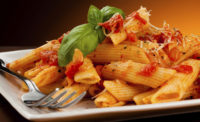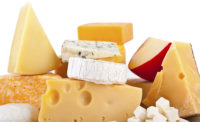As the rising popularity of farmer’s markets and the locavore movement attest fused with consumers’ inaccurate presumptions on frozen foods, fresh foods are in high demand among American consumers. As a result, popular food segments of yesteryear—namely frozen and canned products—have received the cold shoulder, especially with the emergent popularity of meal kits.
Nevertheless, the frozen food market has proven to be largely resilient in the face of both the fresh food and meal kit trends. Sales have been steady, if unspectacular, since 2012, according to market research firm Packaged Facts, Rockville, Md.
Packaged Facts’ new report, “Frozen Foods in the U.S.: Hot Meals, Sides, and Snacks, 6th Edition,” estimates that frozen foods in the collective categories of dinners/entrées, pizza, side dishes and appetizers/snacks experienced overall sales of $22 billion in 2016, almost identical to the sales total four years prior.
The report also estimates that frozen vegetables are used in three out of four U.S. households, and 60% use frozen potatoes. Just over 60% are frozen pizza consumers, with dinners as well as entrées used in about 40-45% of households. Likewise, more than a third of U.S. households are consumers of frozen snacks. Most encouragingly, survey data reveals that 90% of consumers buy packaged frozen hot meal items for heating or microwaving at home, a share that is up 15 percentage points in just two years.
While convenience may be thought of as the driving factor in purchase of frozen foods, quality and healthfulness are of paramount importance, reflecting the recent reformulating and repositioning of leading brands. This points to frozen food manufacturers' willingness to face the thriving fresh food market head-on by making the necessary formulation and marketing adjustments to remain competitively relevant. In addition, convenience may play a less decisive role than might be expected, as consumers simply assume that this is a feature automatically associated with frozen meal items.
Looking ahead, Packaged Facts expects leading positive factors to include marketers' continued robust investment in product innovation with rollouts supported by strong marketing and advertising initiatives.
"Bold and unique flavors, varieties inspired by world cuisines, cleaner labels and healthier nutrition profiles and products that accommodate special dietary concerns will drive purchases," says David Sprinkle, research director.


